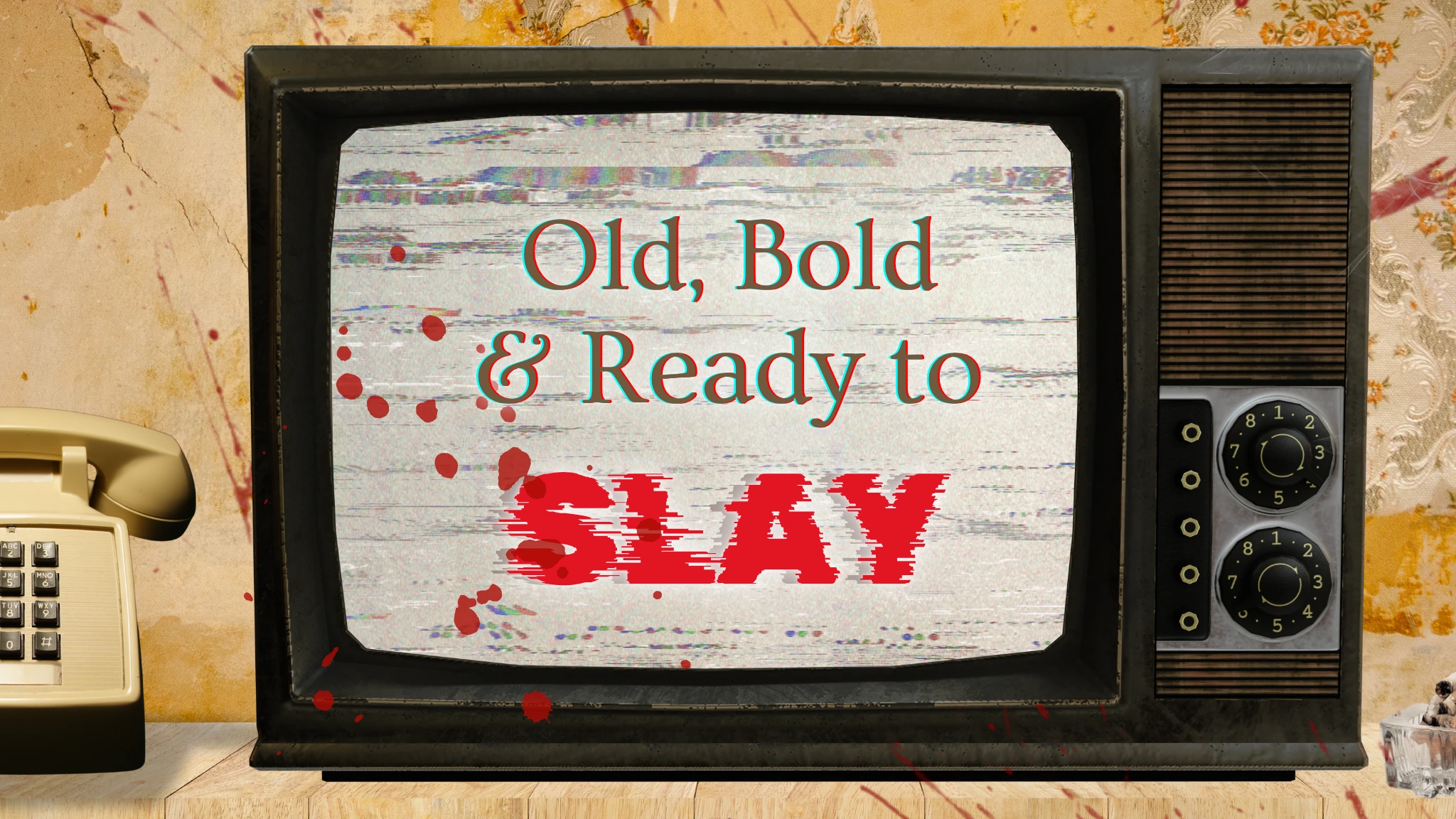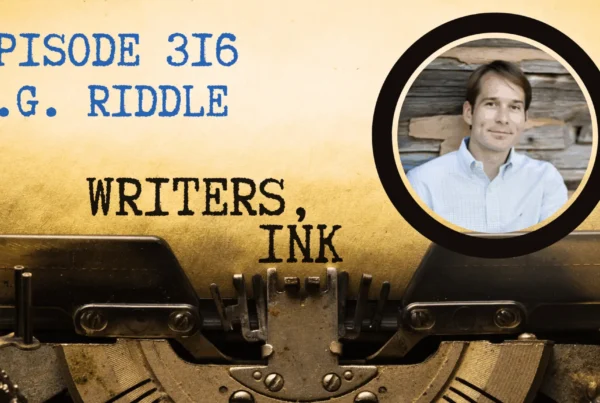Perception is everything.
When we’re kids, we look at teenagers like they’re these wizened old ones who, often times, we aspire to be like, thinking that’s the epitome of being an adult.
When we enter our twenties, most kids think of their parents as elderly — doddering old folks whose advice needs to be taken with a grain of salt because, come on, what do they know? They’re old.
Never mind that many of these “old” parents are often in their forties or early fifties when said kids enter college age, essentially in the prime of their lives (at least from their perspective).
The Age Gap That Warps Our Stories
Of course, it goes both ways. A lot of older folks often see teens and college kids as ignorant of life’s lessons, in desperate need of guidance; that their opinions don’t matter as much as those who have achieved middle age.
Age perception is a very real issue that almost every person on this planet works through as they grow up, get older, have families and eventually retire, enjoying their sunset years.
When you apply age differentials to fiction, the perception gap can become even more glaring.
There are many, many novels written by young adults, authors fresh from college or an MFA writing program, who create older characters for their stories that are often bizarrely (one might even say offensively) out of touch with reality. Novels where a character is introduced as “old” or “doddering”, often wearing the cliché outfit of white sneakers and a button-down cardigan, with hair white as snow and weathered, heavily lined skin. Turn the page and the author might just reveal that the character is in their late forties!
To an author in their early twenties, that’s just how they think of folks in their forties and fifties.
Fiction’s Funny Math
If a character in their sixties or seventies is introduced, nine times out of ten they’re perceived as infirm grandparents, knitting in a rocking chair or staring blankly out a window, absently wondering where they left their gosh-darned keys.
And if a character is in their eighties? They’re often treated as being on death’s door, or possibly someone to be feared. Or, even worse, someone to be disgusted by.
Of course, there is a counterpoint to the issue of age perception, because authors — even young ones — eventually grow up just like everybody else and older authors have a tendency to treat their mature characters with a bit more realism, given that they’re more aware of the lifestyles and physical restrictions of people who have blown past the half-century mark.
When it comes to horror specifically, the perception (or perhaps we call it what it really is: ageism) becomes even more pronounced.
The Real Monster
In horror movies, the elderly are far too often relegated to the role of “sinister stranger” or “creepy grandparent,” ripe for some third act body horror, or possibly to be found wandering naked in the middle of the night, as if the body shaming of an individual is horror enough to disturb the audience.
In horror fiction, folks in their later years are used less for visceral horror. Instead, they’re generally ignored. Rare is the elderly lead character, sharp-witted and able-bodied (if not outright energetic), who is positioned as the driving protagonist or hero of a novel.
Of course, a lot of this can be argued as being an over-generalization. After all, there are examples of great older heroes in horror.
Look no farther than Jamie Lee Curtis in the Halloween movie reboots, who still has what it takes to fight a masked Micheal Myers through three sequels following the original franchise. Reaching back a bit further, there’s also Max Von Sydow from The Exorcist, who puts up a worthy effort to cast a demon back to Hell (even if it is his younger partner who ends up taking on the role of hero). Two sequels later, George C. Scott does an admiral job of confronting the ancient evil once more, in Exorcist III.
The Rise of the Silver-Haired Slayer
Other movies have found ways to portray older characters who still “have what it takes”. Movies such as Bubba Ho-Tep, the Insidious franchise with the unstoppable medium Elise Rainier and arguably the blind old man played by Stephen Lang in Don’t Breathe, who is arguably the good guy in the film, so we’ll include him here.
In fiction, the examples are a bit harder to come by.
We’ll double-dip on Bubba Ho-Tep, since it was first published as a novel by Joe Lansdale. Other examples where older folks are the good guys include Peter Straub’s Ghost Story, Stephen King’s Insomnia, Duma Key and Dolores Claiborne, and, more recently, We Spread by Iain Reid and The Sundowner’s Dance by Todd Keisling.
However, given that there are literally millions of novels published each year, that’s a miniscule sample size and a good chunk of them are by Stephen King, who happens to be cranking out novels well into old age himself.
Which takes us back to age perception. I would argue that younger authors should take the time to research and write their elderly characters through a different lens, taking care to research what a sixty-something year old woman is truly capable of, or how an eighty-year old man in perfect health might be living his life on a day-to-day basis.
Elderly characters, in other words, can be more than props or plot devices. They can be more than angry dreamers of youth, or villains with tortured, broken minds. They can be brilliant, complicated protagonists.
They can be heroes.




